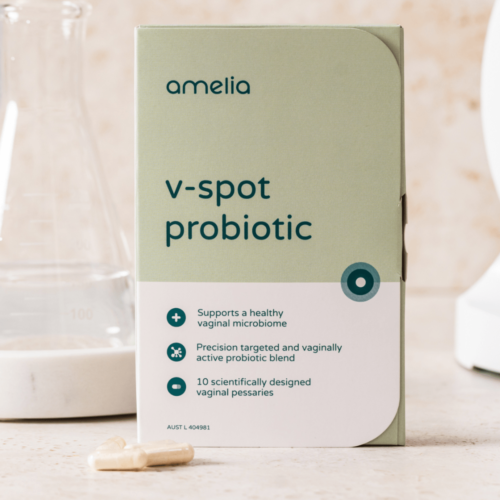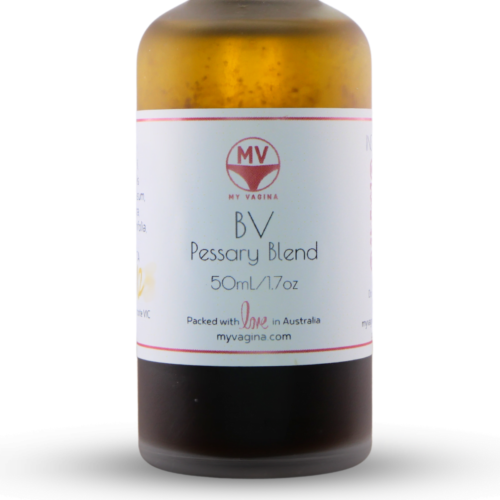A 2009 study1 into the impact of biofilm formation of a Staphylococcus variant (Staphylococcus epidermidis) has found that cinnamon oil (with the active ingredient being cassia) was able to inhibit S. epidermidis biofilm formation. The study also observed that cinnamon oil is able to detach and kill existing biofilms.
In their 2012 study, Kavanaugh and Ribbeck2 discuss the fact that tea tree, thyme and peppermint have previously been shown to be effective against planktonic bacteria and biofilm MRSA, but cassia (cinnamon), red thyme and clove had not been tested against MRSA biofilms of any strain.
All the oils the pair tested, including lavender oil, showed an inhibition zone against these bacteria, both gram-positive and gram-negative, and biofilms.
Cassia (from cinnamon oil), Peru balsam and red thyme oils were as effective against Pseudomonas aeruginosa, despite being resistant to antibiotics.
The bacteria was killed effectively by the essential oils tested. Staphylococcus aureus is susceptible to essential oils.
Cinnamaldehyde (in cinnamon oil) is just as effective as complex cassia oil. Clove oil was not found to be effective in killing P. aeruginosa biofilms in a 5 per cent solution, eugenol (the active ingredient in clove oil) was effective at 3.3 per cent.
‘Cassia, Peru balsam and red thyme essential oils were found to be more effective at eradicating Pseudomonas and S. aureus biofilms that selected important antibiotics.’
In 2015, Kim et al3 tested cinnamon bark oil and its components on biofilm formation and toxin production, demonstrating cinnamon bark oil (and its main constituent, cinnamaldehyde) markedly inhibited P.aeruginosa biofilm formation.
The substance also decreased the production of several key functions of the bacteria that allow it to kill other bacteria, swarm, and communicate. Cinnamon bark oil, cinnamaldehyde and eugenol (at 0.01 percent v/v) significantly decreased biofilm formation of Escherichia coli.
References
- 1.Nuryastuti T, van der Mei HC, Busscher HJ, Iravati S, Aman AT, Krom BP. Effect of Cinnamon Oil on icaA Expression and Biofilm Formation by Staphylococcus epidermidis. AEM. Published online September 11, 2009:6850-6855. doi:10.1128/aem.00875-09
- 2.Kavanaugh NL, Ribbeck K. Selected Antimicrobial Essential Oils Eradicate Pseudomonas spp. and Staphylococcus aureus Biofilms. Appl Environ Microbiol. Published online March 30, 2012:4057-4061. doi:10.1128/aem.07499-11
- 3.Kim Y-G, Lee J-H, Kim S-I, Baek K-H, Lee J. Cinnamon bark oil and its components inhibit biofilm formation and toxin production. International Journal of Food Microbiology. Published online February 2015:30-39. doi:10.1016/j.ijfoodmicro.2014.11.028
Specially formulated probiotic for vaginal application to promote a healthy vaginal microbiome.
Unique, comprehensive BV, AV and 'mystery bad vag' treatment guide, one-of-a-kind system, with effective, innovative treatments.





